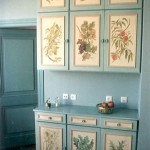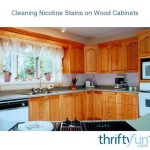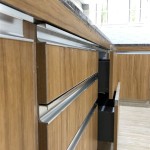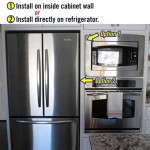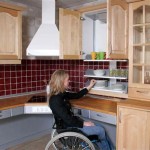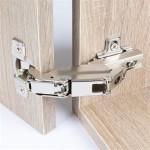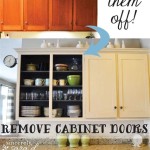h2>Essential Aspects of Decorative Mouldings for Kitchen Cabinets
Decorative mouldings, a type of noun, add aesthetic appeal and functionality to kitchen cabinets, enhancing their visual impact and practicality. These mouldings serve various purposes, including concealing gaps, creating decorative accents, and improving cabinet organization. Understanding the essential aspects of decorative mouldings empowers homeowners and designers to make informed choices, unlocking the full potential of these embellishments in kitchen design.
Types of Decorative Mouldings
A wide range of decorative mouldings is available, each with unique aesthetic and functional attributes. Crown moulding, a popular choice, adorns the top of cabinets, creating a visually striking and refined look. Base moulding, installed at the cabinet's base, conceals unsightly gaps and protects the cabinet from wear and tear. Light rail moulding, positioned beneath the upper cabinets, serves as a decorative accent and conceals under-cabinet lighting.
Materials and Finishes
Decorative mouldings are crafted from diverse materials, including wood, polyurethane, and MDF. Wood mouldings, known for their natural beauty and durability, offer a timeless and elegant touch. Polyurethane mouldings are lightweight, versatile, and resistant to moisture and insects. MDF mouldings provide a cost-effective option with smooth, paintable surfaces.
Installation Considerations
Proper installation is crucial to ensure the seamless integration of decorative mouldings. Crown moulding requires precise mitering at corners, while base moulding often involves intricate cuts around obstacles. Light rail moulding can be installed using adhesive or a combination of adhesive and nails. It's essential to consider the size and style of the cabinets, as well as the desired aesthetic outcome, when selecting and installing decorative mouldings.
Functional Benefits
Beyond their aesthetic appeal, decorative mouldings offer functional advantages. Crown moulding conceals gaps between cabinets and the ceiling, preventing dust and debris accumulation. Base moulding protects the cabinet's base from wear and damage caused by spills and foot traffic. Light rail moulding enhances task lighting by reflecting light onto countertops.
Design and Style
Decorative mouldings play a significant role in shaping the overall design and style of a kitchen. Intricate mouldings with elaborate carvings add a touch of grandeur to traditional kitchens. Simpler mouldings with clean lines complement modern and minimalist designs. The choice of moulding profiles, materials, and finishes can create a cohesive and visually appealing kitchen aesthetic.

Decorative Molding Timberlake Cabinetry

10 Types Of Kitchen Cabinet Molding For Your Home

Adding Wood Trim To Kitchen Cabinets

Antiqued Kitchen Crown Molding

11 Kitchen Cabinet Crown Molding Ideas For Your

9 Molding Types To Raise The Bar On Your Kitchen Cabinetry

Adding Crown Molding To Kitchen Cabinets Young House Love

Crown Molding For Kitchen Cabinets Fine Homebuilding

Crown Molding For Shaker Kitchen Cabinets

Adding Moldings To Your Kitchen Cabinets Remodelando La Casa
Related Posts

